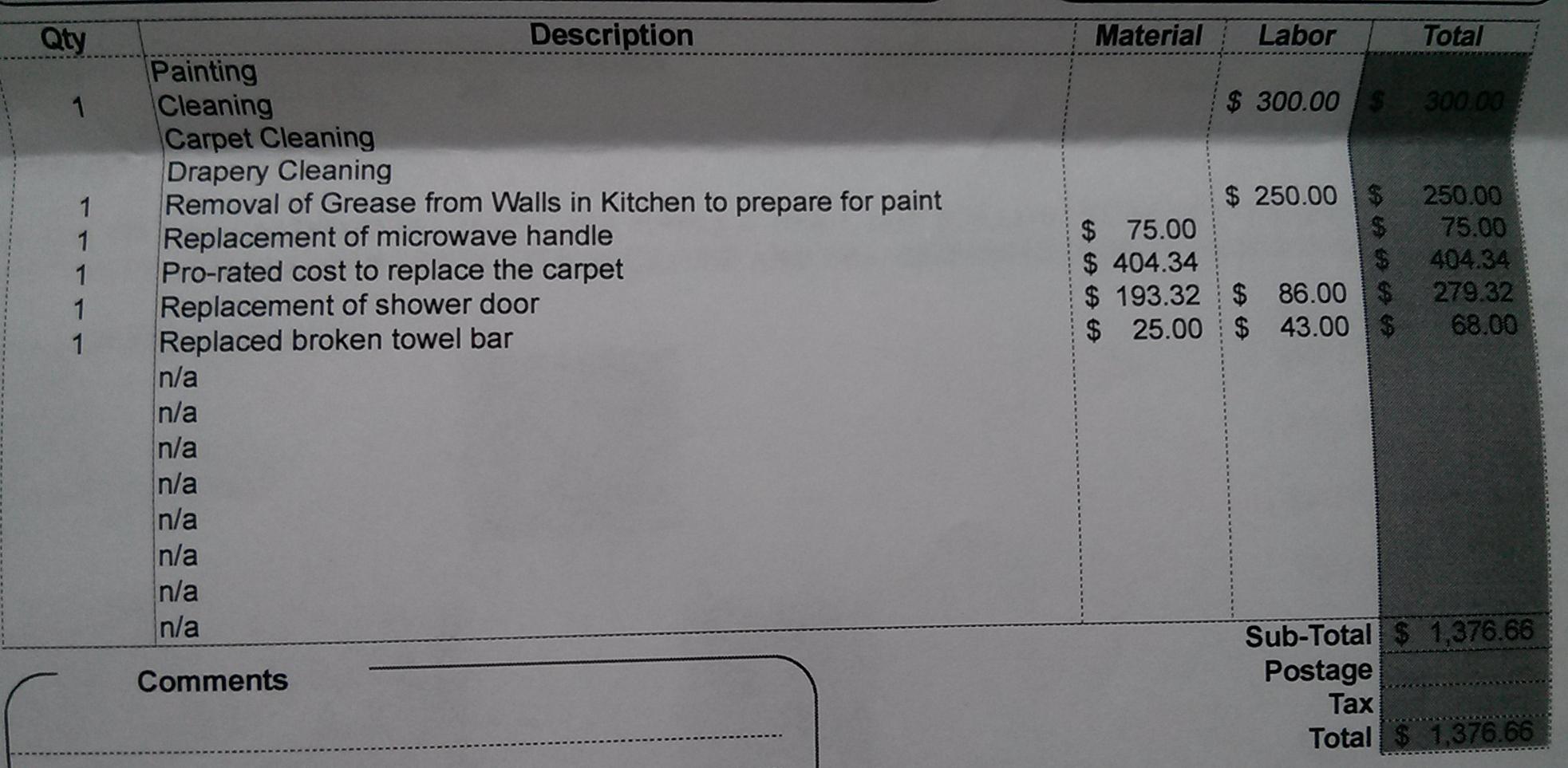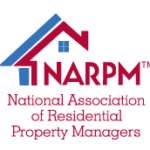
Tenant Proof – Safeguarding Your Rentals from Destruction
If you ask most Philadelphia landlords who go harder on homes between renters or homeowners, you are most likely going to have a one-sided outcome in the end. Truly, the investment homeowners have put into their homes is never a match for whatever tenants are paying.
While most Philadelphia tenants plan to stay in apartments for just a year or two, homeowners are more concerned about the long term. Thus, we can say homeowners offer both emotional and financial investments in their homes.
Having invested so much, it is normal for homeowners to protect their assets against destructive renters. It goes beyond what a property manager can handle, and such prevention requires more than their expertise.
In this piece, we have highlighted eight techniques, that we as a property management company feel you can use, as a landlord, to reinforce your rental properties against insensitive renters, and whatever they are coming with. Read on!
-
Consider Alternatives to Hardwood
Yes, hardwood flooring is elegant, but it costs a fortune, and unapologetically fragile, and is bound to scratch over time. Interestingly, there are affordable and durable alternatives out there, including bamboo and top-quality laminate woods. While going for a lesser cost, they offer great beauty also.
-
Do not use carpets
Carpets are not made to stand the test of time, in addition to holding odors, staining easily, and discoloring in no time. For instance, if your tenant comes with pets, the situation becomes worse as you have to deal with their fur and scales getting stuck to the carpet. Avoid all these troubles; use bamboo or high-end laminate wood.
-
Do you love carpets? Then abide by these instructions
Carpets with the darkest colors are great, though different rental units require various shades of darkness since each unit comes with different lighting, wall colors, and sizes. First, you get to hide stains with dark carpets, thus lasting several tenancy regimes.
If you are not comfortable with dark fittings, patterned or speckled carpeting is nice as well. They are better at hiding stains than the solid cream-colored carpets.
For the lower-end units of your apartment, you can match top-quality plush padding with carpets of low-grade. While the padding gives the same feeling as that of a thick, plush carpet, you do not have to worry about constant swapping of the carpet when they are worn out.
After all, the carpets are cheap, and the expensive padding is made to stand the test of time.
-
Safeguarding your floors, using the felt pad
Either bamboo or laminate wood, you should protect your flooring. Using the felt pad, you can protect your flooring from scratches caused by the push and pull of chairs, desks, tables, entertainment centers, and other heavy furniture across them.
All you need to do is ensure that your tenant’s furniture is compulsorily fitted with felt pads at their feet. You can include a clause on this to your lease agreement that holds your tenant liable for flooring damages caused due to the absence of felt pads on their furniture.
There are two major benefits of such inclusion: first, your tenants will be more careful about damaging your floors and second, it is easier for you to move flooring scratches from the category of “normal wear and tear” to “tenant damage,” thus making them liable for such damages.
To prevent your tenants from making an excuse for the unavailability of felt pads, you can make it available to them at the point of entering into the lease agreement. Give no room for undue justifications!
-
Safeguarding your floors, using shoe racks and welcome mats
Apparently, the flooring of a unit where tenants remove their shoes on entering will last longer, compared to a unit where tenants step inside with every grit of dirt, pebbles, mud, and stones, from wherever they are coming, under their shoes. In the case of the former, the flooring will still look fresh and new even after as long as two to five years, unlike the war-ravaged appearance of the flooring in the latter unit.
Here are a few tips to help you ensure your flooring fares like the latter of the two units described above:
- Ensure there are outdoor and indoor doormats at all entrances. The cost hovers around $40
- Make a shoe rack available close to every entrance. A shoe rack costs around $100
- When you take your prospective tenants to your property, remove your shoes before entering and ensure they do the same. You can chip in one or two funny comments about the new posh flooring you just installed. This costs nothing.
- Ensure your lease agreement includes a clause that requires tenants to remove their shoes on entering their units. Though it may be difficult to enforce such if it comes to that, its inclusion means it is one of the rules your tenants will want to obey, out of fear or respect. And interestingly, this doesn’t cost you a dime.
By putting the above tips into play, your flooring is sure to live longer than average, all at the cost of $140 or even less.
-
Take care of your walls; use washable paints
On average, you will spend close to $2000 to have the interior of a unit repainted. Now, imagine you have to pay such an enormous amount every two years for repainting, and then you are already losing a significant part of your rent to maintenance. Interestingly, this is avoidable.
Instead of using the conventional flat paint and gloss or semi-gloss paint on the walls and trim of your units respectively, you can use high-gloss paints.
Flat paints on walls mean such walls will stain easily when hands are placed on them and scratch easily when something is bumped against them. With such normal living activities, your wall will be due for repainting in one or two years.
However, if you use high-gloss paints, you can easily be washed off stains and smudges, just by using a sponge. Thus, you do not have to repaint your units every time a new tenant comes aboard.
Perhaps you are worried about glossy paints costing more? All you need to do is find a reputable paint store where you will not be exploited; pre-mixed neutral glossy paints and flat paints cost almost the same.
-
Take care of your walls; avoid holes and damages
If the holes are not enormous, you can use the toothpaste trick or other simple methods to fill them. But when it is larger, it becomes a nuisance—one which you definitely want to avoid. Large holes mean that you will have to repaint the unit between each tenancy, and this is bad for business.
There is a way out of this; first, install door stoppers behind each door. At $5, you get reliable protection against doorknob-shaped holes found at the back of each door. Instead of paying $150 to fix doorknob-shaped holes, you can conveniently install door stoppers, all you need is a screwdriver.
Also, screw such things as racks, hooks, and other forms of hangers into a stud, instead of drywall. When too much pressure is put on hangers fixed on drywall, they are sure to fall off.
The biggest of all protections, however, lies in your lease agreement. Include a clause that forbids tenants from screwing anything into the walls or mounting televisions on the wall. Place a ban on the use of any nail larger than 14 gauge.
If your tenant frowns at such a clause, just amend it to enable them to mount their TV, but make it compulsory for them to either repaint the wall or patch such holes caused by their TV when they move out. Alternatively, they can pay a handyman the right fee to get the job done for them.
-
Use Plexiglass
If your tenant’s family includes kids and pets, plexiglass is a safer alternative to the conventional glass and screens of your storm door. No matter how often those kids or pets put their baseballs, faces, or hands through them, plexiglass is formidable enough to withstand all.
Plexiglass is affordable, strong, flexible, and can be installed quite easily. However, plexiglass is not made to stand scratches; it scratches more easily than glass. If the scratches are too much and deforming the appearance of your plexiglass, simply get a replacement and fix it yourself.
Differentiating between a case of “Damage” and “Normal Wear and Tear”
“Normal wear and tear” is a common legal term you will come across more often in property management. Though tricky, it is important that you understand what it entails as a homeowner. When a tenant has just packed out, you are readying the unit for your next tenant; you can remove the expenses for repairs from the security deposit for “tenant-caused damage,” but not for “normal wear and tear.”
Generally, “normal wear and tear” is a gradual process while “damage” is caused by a particular incident. For example, when there is a wine stain on your carpet, it is “damaged.”
But when the stains are from everyday dirt the carpet is exposed to, then that is a case of “normal wear and tear,” hence another reason you must encourage your tenants not to use their shoes on the carpet. Alternatively, you may decide not to use carpet at all.
Lastly, disputes are bound to happen when trying to identify a fix as either a “damage” or “normal wear and tear.” A judge best settles such instances.
Are there any tenant-proofing tricks we have not discussed in this piece? Feel free to share them in the comment box.






